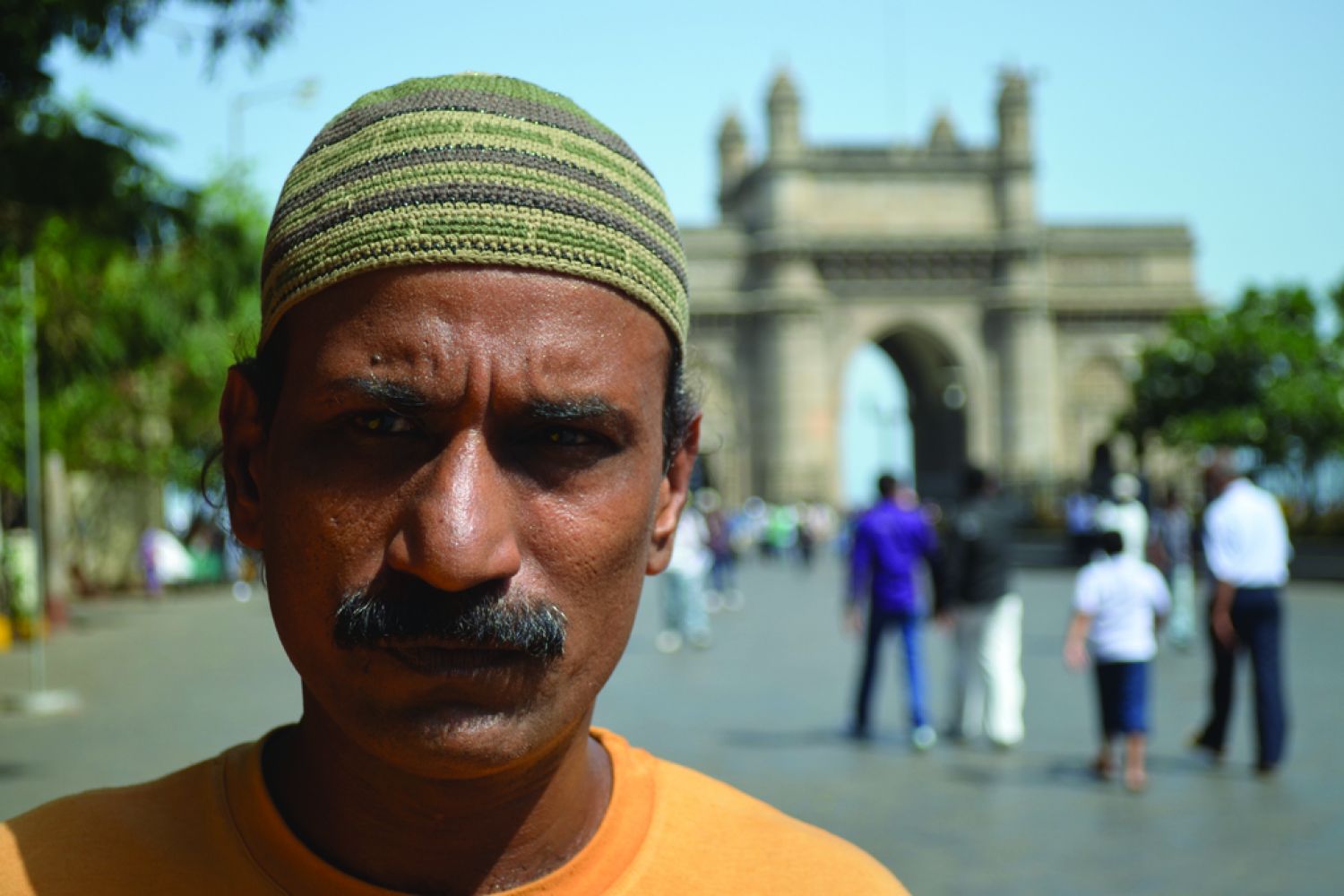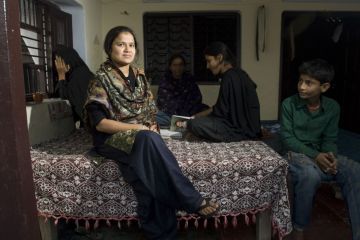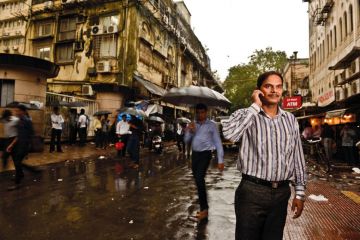
On a cold October
morning in 2006, a taxi driver was found dead on a foot overbridge near
Mumbai’s Marine Lines railway station. Vijay Gaud had been beaten to death. The
incident was quickly forgotten in a city where more than 3,000 people die every
year just by travelling in its overcrowded trains.
Two months later, on
December 14, a homeless drifter’s body was found near South Mumbai’s Churchgate
station. The man was beaten to death, like Gaud before him. An empty Kingfisher
bee





